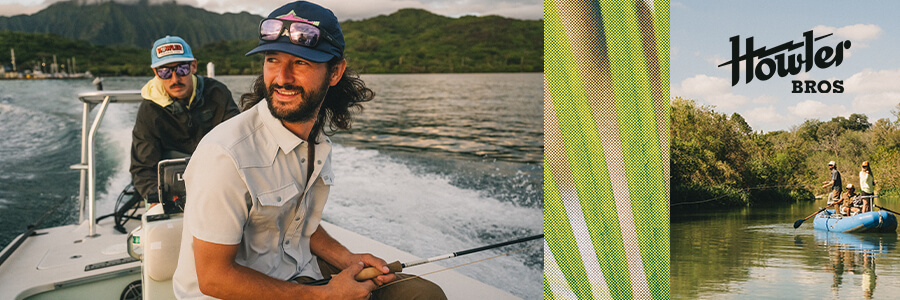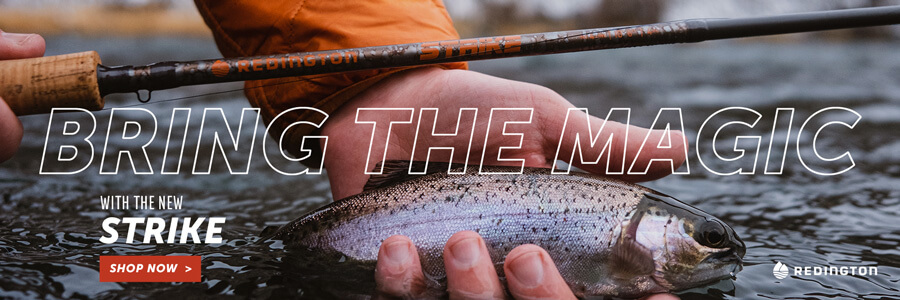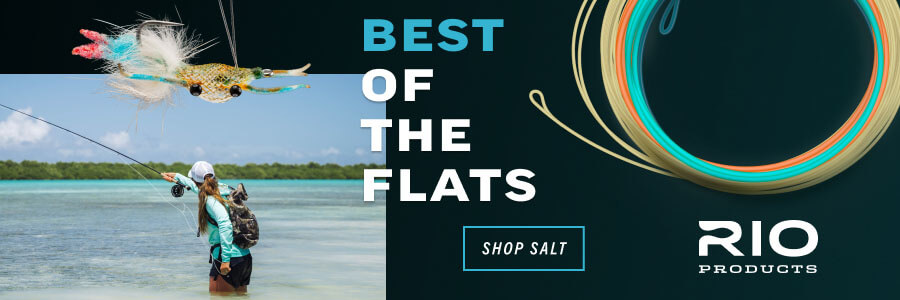WISE BASS : Spring Bass Fishing Breakdown - Part 2
PART 2
For largemouth, you’ll want to primarily target wood, also on points, humps and flats. But you’ll want to look for them more in the creeks’ mouths adjacent to shallow water that’s generally found on the upper part of the lake where it’s being fed. Vegetation also absorbs sun and will increase the speed as water warms up around it. If you can find it then definitely fish it, but since most of our mountain lakes are pretty deep and vegetation requires light to grow, you’ll find that it’s much easier to locate rock than aquatic weeds.
Utilizing your boat electronics is 80 percent of bass fishing.
The most successful bass anglers are constantly watching their electronics while fishing. Your electronics are your eyes below the water. If you don’t bother to use them, you’re practically fishing blind. A quick glance at a screen will tell you water depth, water temperature and whether or not bass or the food they’re eating are in the vicinity. Today’s latest GPS/sonar side and down scan imaging electronics can give you a two or three-dimensional underwater view so detailed, they’ve been used to locate people who have drowned. If you’re uneasy with electronics, hire a guide that specializes in teaching clients how to read and fish with them. Remember how many fish you caught and how much you learned when you finally broke down and hired a trout guide? It’s going to be the same story when you hire a professional bass guide. Lastly, make the investment of purchasing lake maps for your electronics. That way you’ll have the same detail of your map and can use them together to navigate you to the prime water. The Lowrance Elite-7X HDI and the Hummingbird 998c HD or 958C HD are some of my favorite boating electronics.Spring forage food and fly patterns.
One of the most important food sources for bass during the spring is crayfish. It shouldn’t be a big surprise since our rocky mountain lakes provide the perfect habitat for them to thrive. Crayfish are full of protein and easy pickings for bass. They come out of their burrows and flock to the rocky banks in great numbers once water temperatures begin rising into the 50s. A crayfish pattern should be one of your first flies you tie on when fly fishing lakes in the spring. There are quite a few good crayfish patterns out there today to choose from and all species of bass eat them. Just make sure your pattern is tied on a jig-style hook, so it rides hook point up in the water and has with plenty of weight. That will keep your fly near the bottom where the crayfish are found, limit snagging and provide you maximum action. Because crayfish prefer rocky habitat, make sure you’re fishing them around rock cover. That’s where you’ll find them to be most effective. The other main forage food that bass feed on heavily during the spring will be baitfish, like blue-back herring and shad. Blue-back herring have been illegally introduced on just about every one of our lakes in the Southeast. They’re great for growing big bass but they’re a double-edged sword because they also feed on bass eggs and fry. I have a love/hate relationship with them because they provide bass with an almost limitless amount of food, but they can absolutely devastate their spawning efforts. Fish baitfish patterns when you physically see bass on the water, on your electronics or when your crayfish patterns aren’t producing.Blue-back herring school up and never really stop moving except when they’re spawning themselves, so it can be difficult at times to stay on their tail, and the bass that are chasing them. They also like open water, which will pull bass off of structure in pursuit. Before we got blue-back herring in our lakes, the bass rarely ventured far from the shoreline and adjacent deep water structure. Back then, crayfish and bream were the dominant food sources and open water isn’t where you find them. Keep this in mind if you’re striking out in shallow water. You may need to back off into deeper water or motor around until you find schools of baitfish particularly during the postspawn. As for baitfish patterns, fly size is the most critical, followed by color. Three inches is a good starting point but pay attention to the size of the baitfish if you get a bead on them in the water. Subsurface patterns will produce better than topwater, except when it’s early or late in the day, when bass are corralling them up and busting them on the surface.
Water depth, water temperature, and wind.
Water temperature is probably the number one variable in the equation for consitently catching bass in lakes. If you’re wanting to hit the lake during the pre-spawn, wait at least until the water temperature gets into the low 50s. Before that, you’ll probably find the bass too deep for you to really be effective at catching them with a fly rod. It’s not impossible—I know striper guys who catch bass deep. It’s just more technical. The shallower the bass, the easier they’ll be to catch. Pay close attention to what the weather is doing. A stretch of three or four days of consistent warm weather will really turn the fish on and get them moving shallow. That’s when you want to time your fly fishing trip. Find rocky points, ledges around the edges of humps and flats, and creek mouths close to spawning grounds in six to 12 feet of water. That’s a good starting point when you’ve had great weather, but if a cold front comes in, you’ll want to back off five feet or more into deeper water to follow the bass making position adjustments for the changing weather. Find a rocky point or flat that has multiple break lines and start off fishing parallel to a deep break line. Continue moving shallower toward your structure until you start getting bites. During this process, you’ll want to keep a close eye on your electronics to keep yourself fishing at your target depth and direction. When you catch a bass, make a mental note of the water’s depth and temperature. Then focus on keeping every detail of your fly fishing the same, from water depth to your fly retrieve. Wind isn’t a bad thing either. At times, it can be your best friend. I’ve had some of my best days fly fishing for bass after there had been a couple days of consistent wind blowing in the same direction. Wind blows and concentrates food and that can create a feeding frenzy for bass. Furthermore, wind masks your position and makes bass less spooky. If you’re on the lake fly fishing and the wind picks up and holds direction, make a point to fish close to the windy points, humps and flats. You can catch the heck out of bass in those conditions. Lastly, wind can churn up and muddy water. Don’t be afraid of fly fishing muddy water. Bass have no problem with it unless they’re on the beds. In muddy water conditions, bass will move tight to cover and also more shallow. Be prepared to make repeated casts to cover, since the strike zone will be smaller. Flies with rattles are a good idea for windy and muddy water conditions because extra sound helps the bass zero in on your fly.The gear.
I carry two different setups with me when I’m fly fishing lakes in the spring. One’s for targeting bass in shallow watervand the other is for targeting bass in deep water. My shallow water rig consists of a 9’ 0” 7wt with a clear intermediate fly line. I’ll start out attaching a 7 1/2’ 3X fluorocarbon leader, but if I’m not getting bites and I’ve located bass on my electronics, I’ll switch to a 4X leader.For my deep water rig, I use a 9’ 0” saltwater 8-9wt rod with a 375 grain sinking line. I attach a four-foot section of 3X-4X fluorocarbon tippet and tie my fly on with non-slip loop knot. One of the biggest mistakes anglers make when fishing our Southern mountain lakes is fishing line that’s too heavy. You want to stick to the 5-8lb. range. Don’t go too heavy on your hooks either or you’ll have a hard time getting the hook to penetrate on hook sets or risk breaking off. Use about the same size hooks you use when tying streamers for trout. I’ve found 60-degree jig hooks in size 1 or 2 work well. Get out there this spring and catch those bass on the fly.
Kent Klewein
Gink & Gasoline




